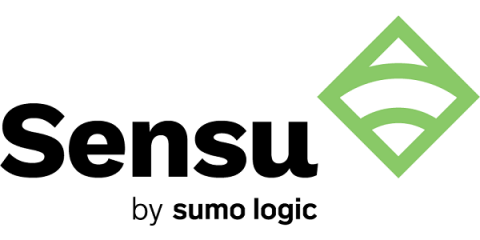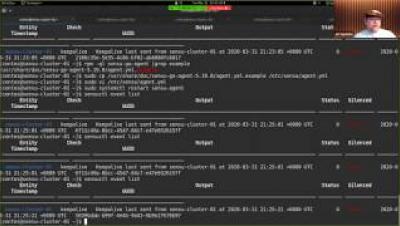Operations | Monitoring | ITSM | DevOps | Cloud
Sensu
How to scale your monitoring with Sensu clustering
I recently led a webinar for the Sensu community on how to scale your monitoring by setting up a three-node cluster in Sensu Go using Sensu’s embedded etcd. Clustering improves Sensu’s availability, allows for node failure, and distributes network load. In this post, I’ll recap the webinar and provide demos on how to set up, back up, and restore your etcd cluster, including best practices for success.
How to publish an asset with the Sensu Go SDK
We recently introduced the sensu-plugins-sdk and the new template plugin projects. In this post — based on our recent webinar — I’m going to dive deeper into those community resources and illustrate how to publish an asset using the Sensu Go SDK. I’ll also cover how to package compiled binary plugins (including dynamically linked libraries) as assets.
[Webinar] Intro to assets with the Sensu Go SDK
How to work from home: 9 tips from the folks at Sensu
Even before a global pandemic caused many of us — willingly or not — to suddenly start working from home, it had long been on my list to compile a “work from home” guide, crowdsourcing the advice from the folks here at Sensu. As a remote-first company, we have our fair share of pro tips for working from home; we also want to acknowledge that these times are anything but normal.
[Webinar] What's new in Sensu
Keep your configs in good order with sensuctl prune
We’re excited to share our first-ever alpha feature: sensuctl prune, which will help you easily (and safely!) remove resources you no longer need.
[Webinar] Scaling your monitoring, part 1: Sensu clustering
Migrating to Kubernetes
The reasons to move to Kubernetes are many and compelling. This post doesn’t make the case that you should migrate, but assumes you have already decided that you want to. When you’re clear on what you want to do and why you want to do it, the questions of “When?” and “How?” become your focus. What follows centers on the question of how to approach making Kubernetes the platform on which your workloads thrive.
How to simplify SNMP implementation
The following is a guest post from Jean Tunis, the principal consultant and founder of RootPerformance. You want implementations to be simple. Who doesn’t? But often, that’s not the case. SNMP is one of the oldest used protocols to manage a network. SNMP stands for simple network management protocol, but it might not have been all that simple for you. Maybe it was simple back in the late 1980s, when SNMP became a standard protocol for network monitoring.











